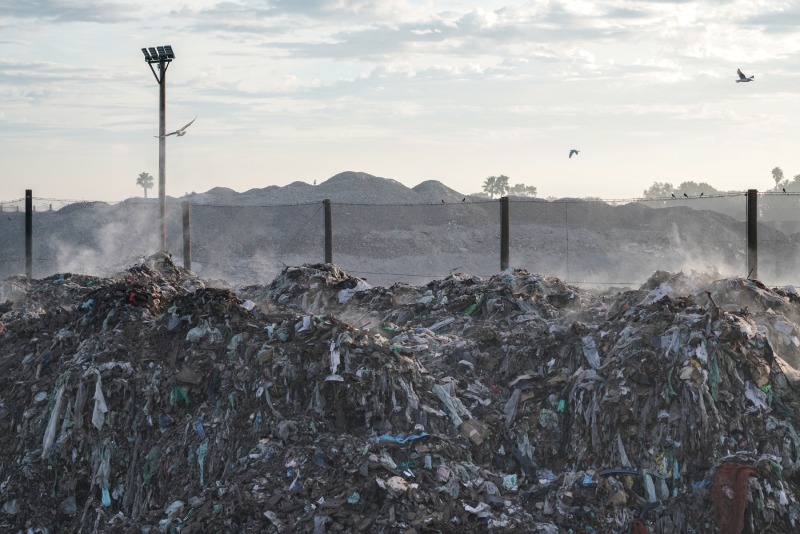Introduction
Decomposition, the natural process of breaking down organic materials, plays a crucial role in shaping soil fertility and maintaining ecosystem health. Understanding the factors influencing the decomposition time of plant matter is essential for comprehending nutrient cycling, carbon sequestration, and overall ecosystem dynamics. In this article, we delve into the mechanisms of decomposition, its effects on soil fertility, and its broader impacts on ecosystems.

Factors Influencing Decomposition Time
Several factors contribute to the varying rates of decomposition of plant matter:
- Chemical Composition: The chemical makeup of plant matter significantly affects its decomposition rate. Complex compounds like lignin and cellulose can slow down decomposition, while simpler compounds are broken down more quickly.
- Environmental Conditions: Temperature, moisture, and oxygen availability are key environmental factors influencing decomposition. Warmer and moister environments with adequate oxygen tend to accelerate the breakdown of organic materials.
- Organism Activity: Decomposition is facilitated by a diverse array of organisms, including bacteria, fungi, insects, and microorganisms. Their activity levels and diversity in a given area impact the rate of decomposition.
The Decomposition Process
The decomposition process involves several stages:
1. Leaching
Leaching is the initial stage, where water-soluble compounds are washed out from the plant material. This stage contributes to the transfer of nutrients into the soil.
2. Fragmentation
During fragmentation, physical processes such as freezing, thawing, and mechanical disruption break down plant matter into smaller pieces. This increases the surface area available for microbial colonization.
3. Chemical Decomposition
Microorganisms like bacteria and fungi play a pivotal role in breaking down complex organic compounds into simpler forms. This stage releases carbon dioxide into the atmosphere and produces humus, a crucial component of soil structure.
4. Nutrient Release
As microorganisms decompose plant matter, nutrients like nitrogen, phosphorus, and potassium are released into the soil. These nutrients are essential for plant growth and contribute to soil fertility.
Effects on Soil Fertility
Decomposition has profound effects on soil fertility:
- Nutrient Enrichment: Decomposed plant matter releases nutrients into the soil, enriching it and providing essential elements for plant growth.
- Soil Structure Improvement: The formation of humus improves soil structure, enhancing water retention, aeration, and nutrient-holding capacity.
- pH Regulation: Decomposition processes can influence soil pH as certain compounds release acids or alkalis during breakdown.
Ecosystem Implications
The decomposition time of plant matter reverberates through ecosystems:
Carbon Sequestration
Decomposition influences the balance of carbon dioxide in the atmosphere. Slower decomposition can lead to more carbon being stored in soils, mitigating the effects of climate change.
Biodiversity Support
Microorganisms involved in decomposition create a rich substrate for other organisms. The availability of nutrients supports diverse plant life, which, in turn, supports a variety of animal species.
Case Study: Decomposition Rates in Different Ecosystems
A study conducted across various ecosystems revealed differing decomposition rates. Here’s a comparison:
| Ecosystem | Decomposition Rate |
|---|---|
| Tropical Rainforest | High |
| Grassland | Moderate |
| Tundra | Low |
Conclusion
Decomposition time is a crucial factor in understanding soil fertility and ecosystem dynamics. The intricate interplay of chemical, environmental, and biological elements shapes the rate at which plant matter transforms into essential nutrients. By comprehending this process, we can make informed decisions to enhance soil health, support biodiversity, and contribute to a sustainable future.




